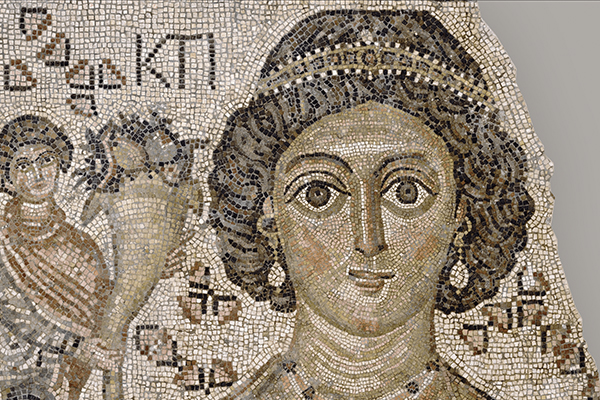14 DAY MONEY-BACK GUARANTEE - FREE WORLDWIDE DELIVERY
SAME-DAY LONDON DELIVERY


Spanning over a millennia, the Byzantine Empire thrived between 330-1453 AD. At its height, its borders reached as far as the Mediterranean coast and North Africa, and saw close to one hundred emperors rule. With far reaching trade links to the East and West, it is unsurprising that jewellery produced by the Byzantine Empire had influence on style beyond its borders.
A prosperous civilisation, it was common for most households to own at least one or two gold rings as a way of displaying this wealth. Jewellery was worn by all members of society, men and children included. For men, signet rings with names and monograms engraved were a popular choice, and for women, rings, bangles and earrings were all the rage. In particular, half-moon shaped earrings became a typically Byzantine look and these often displayed intricate gold work and depictions of flora and fauna from the natural world.
Whilst designs endured in many ways from the Roman Empire, the main departure in the style of jewellery was a result of the spread of Christianity. Religious iconography displaying saints and angels are often seen, and images of Christ are characterised by triple lines radiating from his head, symbolising the holy trinity. Marriage and betrothal rings also often brought in this religious aspect, showing couples being united, often in the presence of Christ.
There were two periods of iconoclasm during the Byzantine Empire. This meant that the use of religious imagery was banned between the 8th and 9th centuries, which had an adverse effect on the production of jewellery during this time. Few examples have survived to today.
Gemstones were used widely in Byzantine jewellery, so much so that in 529 AD Emperor Justinian brought in a law determining what gemstones were allowed to worn by whom. The code decreed that whilst every free man be allowed to wear a gold ring, sapphires, pearls and emeralds were only allowed to be worn by the emperor. The prolific use of gold based jewellery could in part be attributed to the many gold mines that were found within the Empire’s borders.
Along with gemstones, Byzantine jewellers were very skilled in the art of enamel, producing many pieces that featured detailed polychromatic designs. This helped create the desired colourful look that was popular amongst the Byzantine people.
Throughout the empire's existance, jewellery was just one of the many means employed to display its wealth, as well as acting as a symbol of its faith. In 1453, Constantinople, the capital of the empire, was stormed by Ottoman armies, effectively ending one thousand years of Byzantine rule.
Connect with us
Signs up for regular emails on our new acquisitions, news and features: